Why is your Ball Python trying to escape? If they do it occasionally, that’s normal, but if they do it all the time then you should investigate…
There are roughly five common reasons for Ball Pythons to try to escape. They relate to its health, enclosure, temperature, lifecycle and feeding. Some of these reasons are normal, but others need to be rectified. In this article, we’ll look at how to make sure your Ball Python’s escape attempts aren’t a sign of a problem.
Why is my snake trying to escape?
All snakes try to escape from time to time, if not, I wouldn’t have had to write my last post: How to find an escaped Ball Python! This is something they do on a fairly regular basis.
If they want something that isn’t in their enclosure, they’ll try to get out and find it. What you need to remember, though, is that this behaviour is only normal some of the time.
If your snake tries to escape for half an hour at night, that’s pretty normal. But if it’s trying to escape 24/7, without even taking a time out to sleep, then it may be the sign of a problem, and you need to get to the bottom of it.
Let’s get straight into the top 5 reasons Ball Pythons repeatedly try to escape. 9 times out of 10, one of these issues will be the cause of your pet’s restlessness.
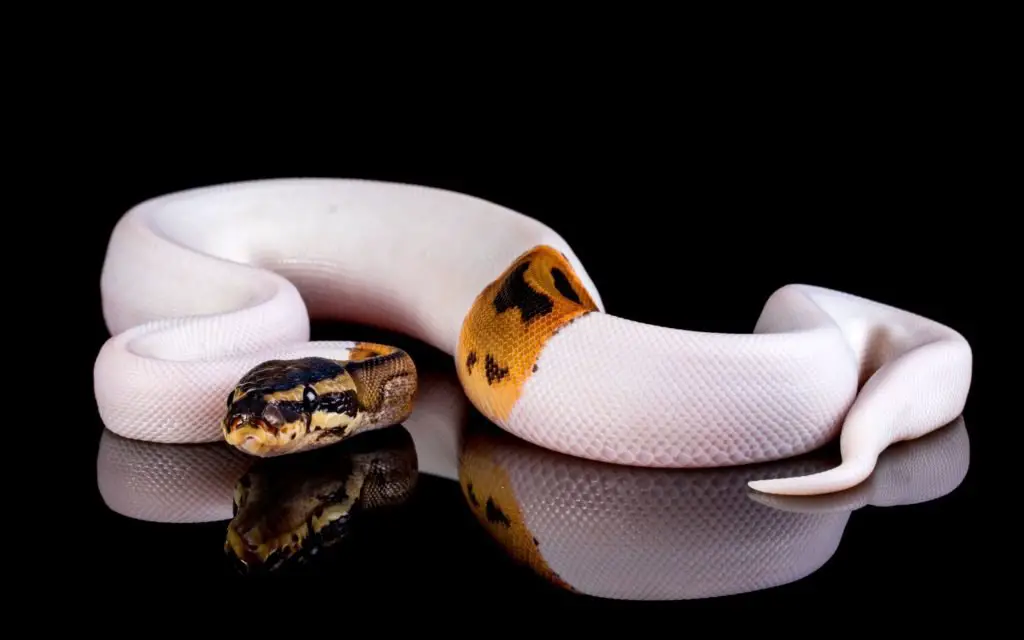
1. It’s stressed
Stress is a killer in Ball Pythons. I know that sounds dramatic, but it is one of the main reasons for restless, anorexic Ball Pythons that fail to thrive.
The biggest cause of stress in my experience is an enclosure that is too large. This leads to the snake constantly wandering around, desperately trying to find somewhere it feels safe.
What makes this reaction problematic is that people mistake it for their pet exploring and having fun! Obviously, this really works to the advantage of people selling large, bioactive enclosures for this species.
They say things like “you’ll be amazed at how active your snake becomes in one of these setups!” – often leaving out the obscenely high price tag till you’re totally suckered in.
I can’t even count how many times people have said to me “hey I put my Ball Python in a huge vivarium, it loves it! All it does is explore!.” Then within a month they come back to me for help because it’s stopped eating… What a coincidence!
Obviously, the most stressful time for a Ball Python is when you first bring it home. This species is neophobic (which basically means shy) and new surroundings are overwhelming for them at first.
This is the time to house your snake in a small, reasonably dark, and secure enclosure where it feels safe from outside threats. If you want to try to move it into a larger or more elaborate enclosure, I suggest waiting at least 6 months to do so – if ever.
Other causes of stress include:
- bright light at night
- cohabiting (always a bad idea)
- lack of snug hiding places
- too much handling
- a dirty enclosure
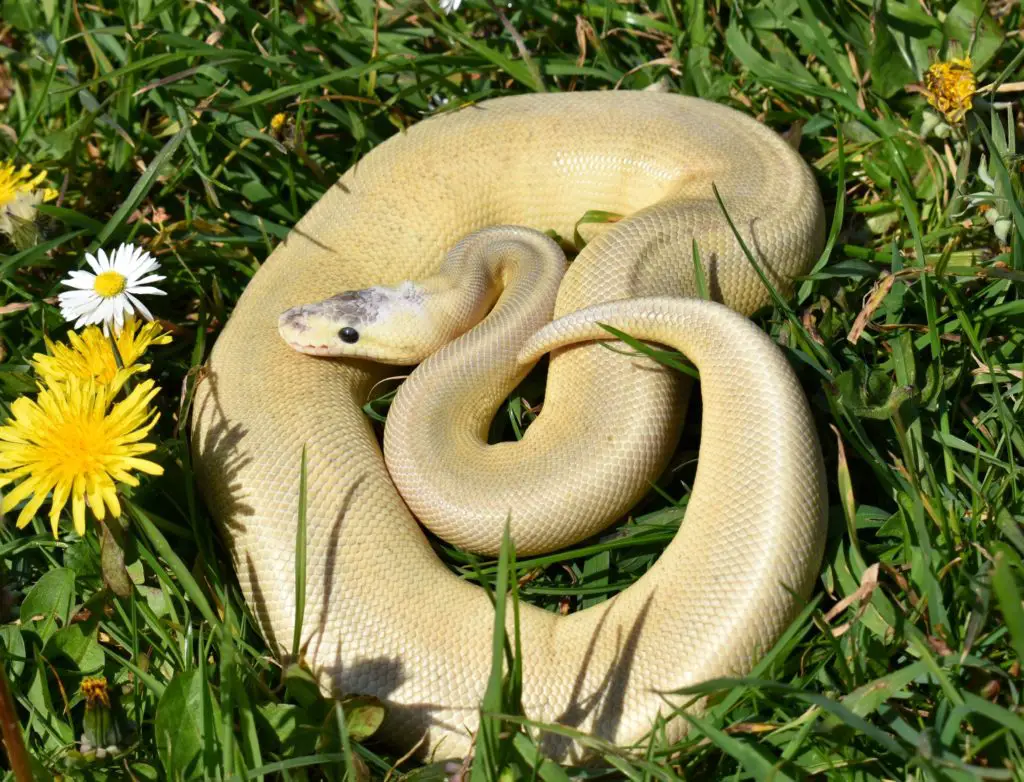
2. It’s too warm
Another thing that really bugs these snakes is high temperatures. Coming from the tropics, and fairly open country, they are accustomed to very constant warmth.
As they also spend most of their time in abandoned rodent burrows, the heat of the day is mediated by the ground around them, which then retains some of it at night.
This means for them to be happy and healthy they need stable temperatures of 90-91F (32C) at the warm end of their enclosure and 80-81F (27C) at the cool end, with a night-time drop of around 4F (2C).
In my experience, the night-time drop in temperature isn’t particularly important to them but having a temperature gradient – that is to say a warm end and a cool end – is very much so.
Creating a temperature gradient is incredibly simple: just put their heat source at one end of the enclosure. All my Ball Pythons spend most of their time on their heat mats, but females especially spend time in the cool end.
Often this is when they are building follicles, and it would seem that having access to lower temperatures at this time is important for them (whether you are going to breed them or not).
If your enclosure is too warm, chances are your snake will constantly try to move to a cooler area, making it look like it’s just trying to escape.
I recommend buying an infrared thermometer gun to double check the warm spot temperatures. Thermostats are often off by a few degrees – if your warm spot is at 95F or higher, chances are you’ve found the problem.
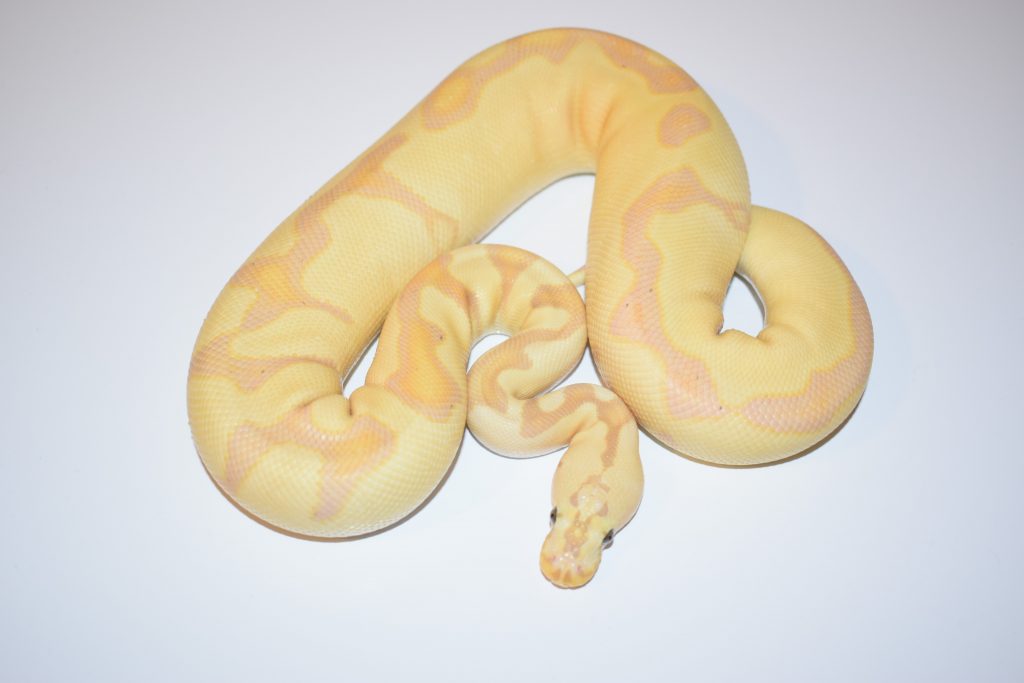
3. It wants to breed
This one really applies to male Ball Pythons. Just like in humans, it’s the males of this species that tend to do the chasing, and some of them are obsessively compulsive about it.
One of my most enthusiastic males, Ruben, is constantly restless during the breeding season. In the past, he’s spent as long as three months at the front of his enclosure trying to escape.
If there are females within smelling distance, he literally spends all day and all night trying to get to them. There’s nothing I can really do about it, it’s just his instincts taking over.
In fact, he get’s paired to a female once or twice a month during this time, so he really doesn’t much to complain about!
If you have a male Ball Python that weighs 800grams or more and has started trying to escape constantly, it may be because it wants to breed.
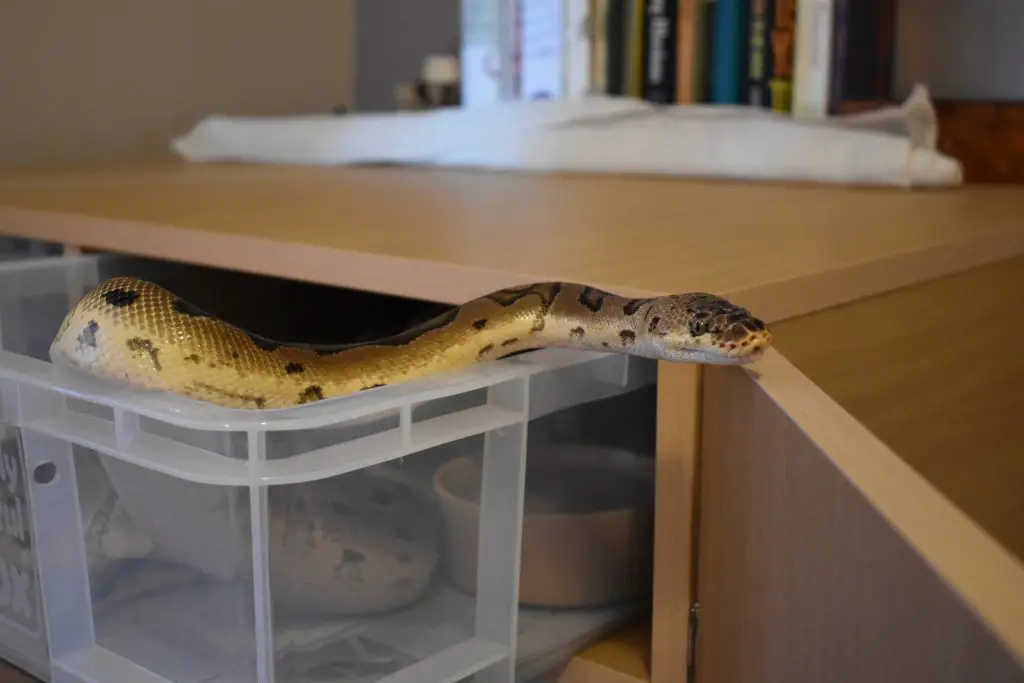
When is mating season for ball pythons?
In the wild, Ball Pythons breed from September to November, mating several times during that time. In captivity, some of them stick to this timescale, whereas others will breed year-round.
4. It’s hungry
One of the most misunderstood aspects of Ball Python biology is how often they should eat, and how much. They often stop eating without any warning and have the ability to go a long time without food – we know this much for certain.
However, a lot of them don’t fast very often, and some don’t fast at all. This means if you feed them a lot, every week, they’ll get fat. This is obviously a problem, but underfeeding can be just as bad, and make them try to escape constantly to hunt for food.
As with most subjects, some savvy online entrepreneurs have taken to telling everyone that they have the “best” information, and that in fact your adult Ball Python should only eat once a month.
After all, a great way to gain attention is to challenge perceived wisdom, even if what you’re coming out with isn’t necessarily true. We see this tactic with various types of clickbait and in the media. It’s a tried-and-true tactic.
In reality, the situation is a little more nuanced than this. Adult Ball Pythons have varying habits, and some eat more than others.
Don’t underfeed your snake!
If your pet is really hungry and eats every week – that’s fine! It’s a living thing after all, not a programmable robot. Just make sure you weigh it every couple of months.
If its weight is stable, then great. If, on the other hand, it starts to pile on the pounds (or grams in this case), then reduce how often it eats. In general, I feed my adult snakes every 10 – 15 days and their weight stays stable.
With snakes that are eager feeders, feeding them only once a month may mean that they feel extremely hungry! Try feeding them more often and see if they calm down.
With baby Ball Pythons, make sure you feed them every 5 days until they reach 3 months of age. Give them a meal that is a bit larger than the widest part of their body – they CAN swallow it.
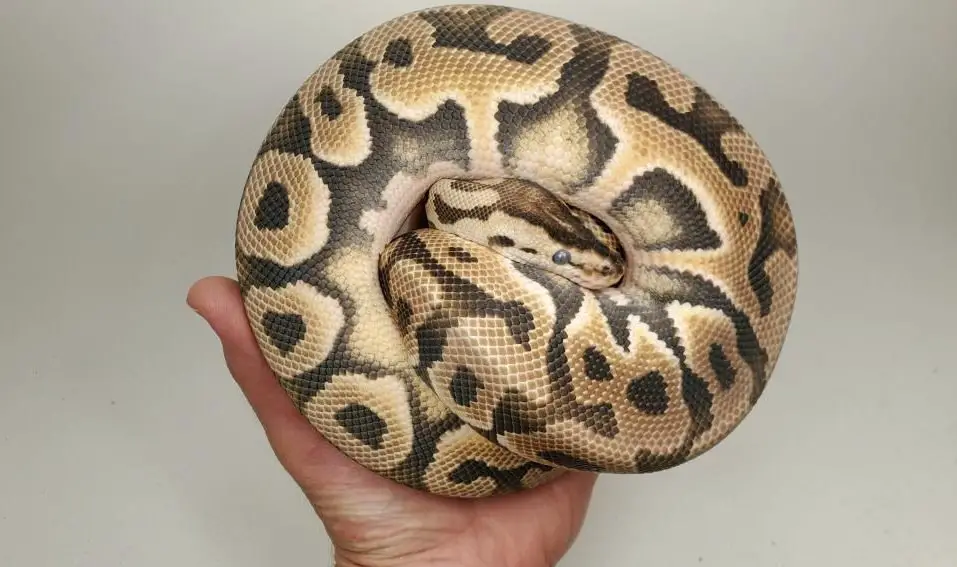
5. It’s sick
BPs are a shy, even sulky species… They prefer to hide in a ball rather than fight, and often chicken out and try to hide behind something if they escape their enclosure.
Similarly, they often just go into a sulk when sick. Curling up, hiding, refusing food, and becoming generally lethargic.
Notwithstanding, there are some illnesses that can make them restless. One in particular is an RI, or respiratory infection.
Snakes with an RI quickly end up gasping for breath, and this can make them move around constantly with their neck stretched out. To an observer, it can look like their trying to escape.
While illness is probably the least common cause of escape attempts, it’s worth being vigilant for the signs of an RI just in case.
These include:
- pink belly, which isn’t followed by a shed
- gasping
- clicking
- wheezing
- outstretched head and neck
- bubbling mucus on nose or mouth
If you do suspect an RI, seek veterinary care immediately – they progress fast!

Why is my ball python so active?
Just because heightened activity is sometimes a problem, it doesn’t mean it always is. In fact, if you raise this species from a hatchling, you’ll notice that young snakes and young males in particular will try to climb on a regular basis.
Generally, they don’t this as much when adults, but some will still be active explorers every single night. While some of mine are definitely on the lazy side, I also have a few that are active a good deal of the time between the hours of 9PM and 4 or 5AM.
It’s also worth remembering that young animals of many species will try to escape a lot more than adults. This is because dispersal – or moving to a new area – is a natural behaviour. It’s how young animals find more food and genetically unrelated mates for the future.
Your job as a keeper is to decide if your pet’s activity is normal. If, for example your 6-month-old Ball Python tries to escape every night, then sleeps during the day, you probably don’t need to worry.
Conversely, if it tries to escape all night and all day, without even sleeping, then you need to go through our list and implement some changes.
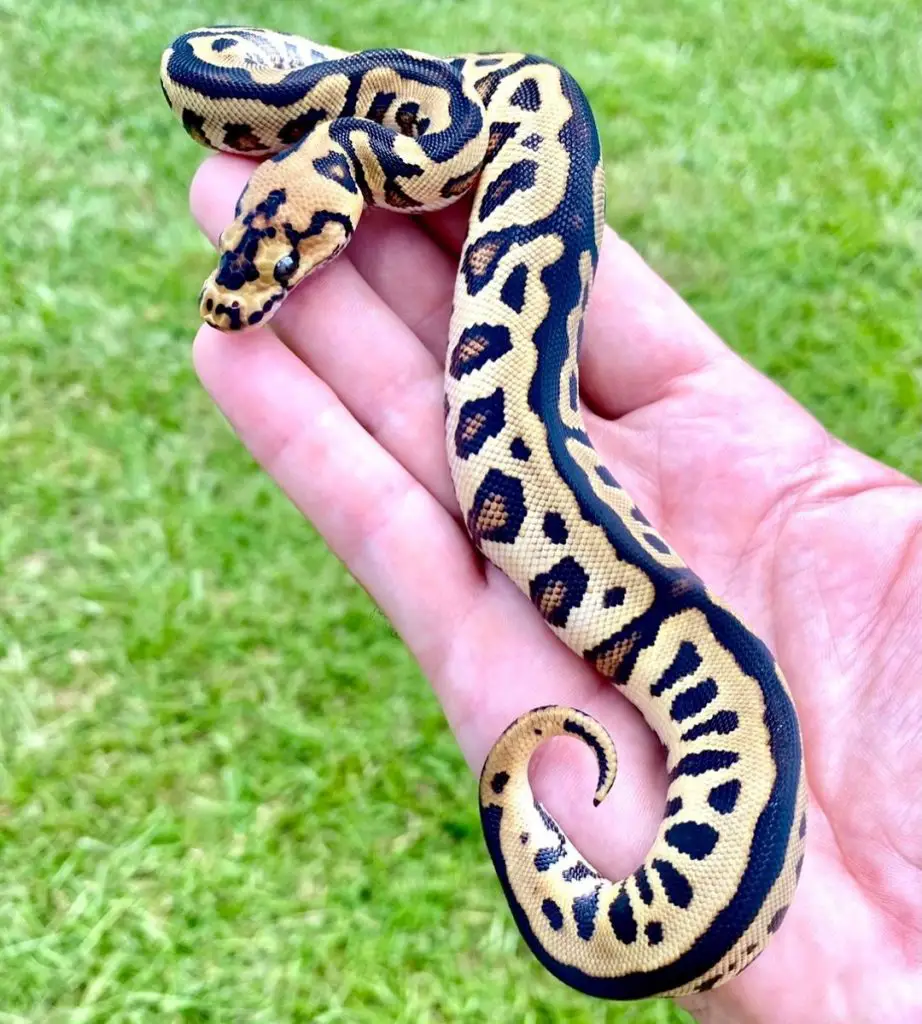
Why is my ball python trying to escape at night?
These snakes are mostly nocturnal, but a bit crepuscular too. So, something you may notice is that come 8 or 9 PM, your pet is waiting at the entrance to its hiding place.
They usually do this when they wake up and may stay like it for most of the night. Or, if they are very hungry, they will only sit like this for a couple of hours, then start to move around and explore their enclosure.
This level of activity may only be for a half hour or so but could be longer, depending on each individual snake.
All-in-all, it is normal for your Ball Python to be active at night, but almost never active during the day.
Signs of a happy ball python
A happy Ball Python is one that hides most of the time. Staying out in the open, especially during the day, is a sign that something is wrong. As a nocturnal ambush predator, healthy behaviour for this species includes extremely limited activity during the day and spending 95% of daylight hours hiding.

The bottom line
No matter how fat and lazy they may look – Ball Pythons will try to escape from time to time! If it’s during the night, it’s perfectly normal.
If it’s happening all the time, though, even during daylight hours, it could be the sign of a problem. Go through the checklist in our article and try to narrow it down – but don’t be shy about going to online forums and asking other keepers too!
Also on this topic:
- Can Ball Pythons live together?
- Do Ball Pythons like tubs?
- Are Ball Pythons arboreal?
- How to find an escaped Ball Python
For more on enclosures:
Back to the caging topic page

My one year old “Firefly” male ball python has been acting very strange the past twenty four hours. I placed a medium sized mouse in his tank (20 gallon.) Sheamus came out briefly, then decided he didn’t want it just then. He has done this a few times before, so I wasn’t concerned. I had a restless night and couldn’t sleep, so I got up and stayed up. He is across the room from my sleep area. He has “been trying to escape” ever since. He pushes and seems to be trying to get out through the top of his tank. He’s never done this. (By the way, he never ate the mouse. It’s almost as if he is trying to get away from it. I don’t know what to do. Please advise. Thank you in advance.
-Mike
Hi Mike, thanks for getting in touch. I missed your comment – hence the late reply, so sorry about that. Can you tell me your snakes age and weight, please?